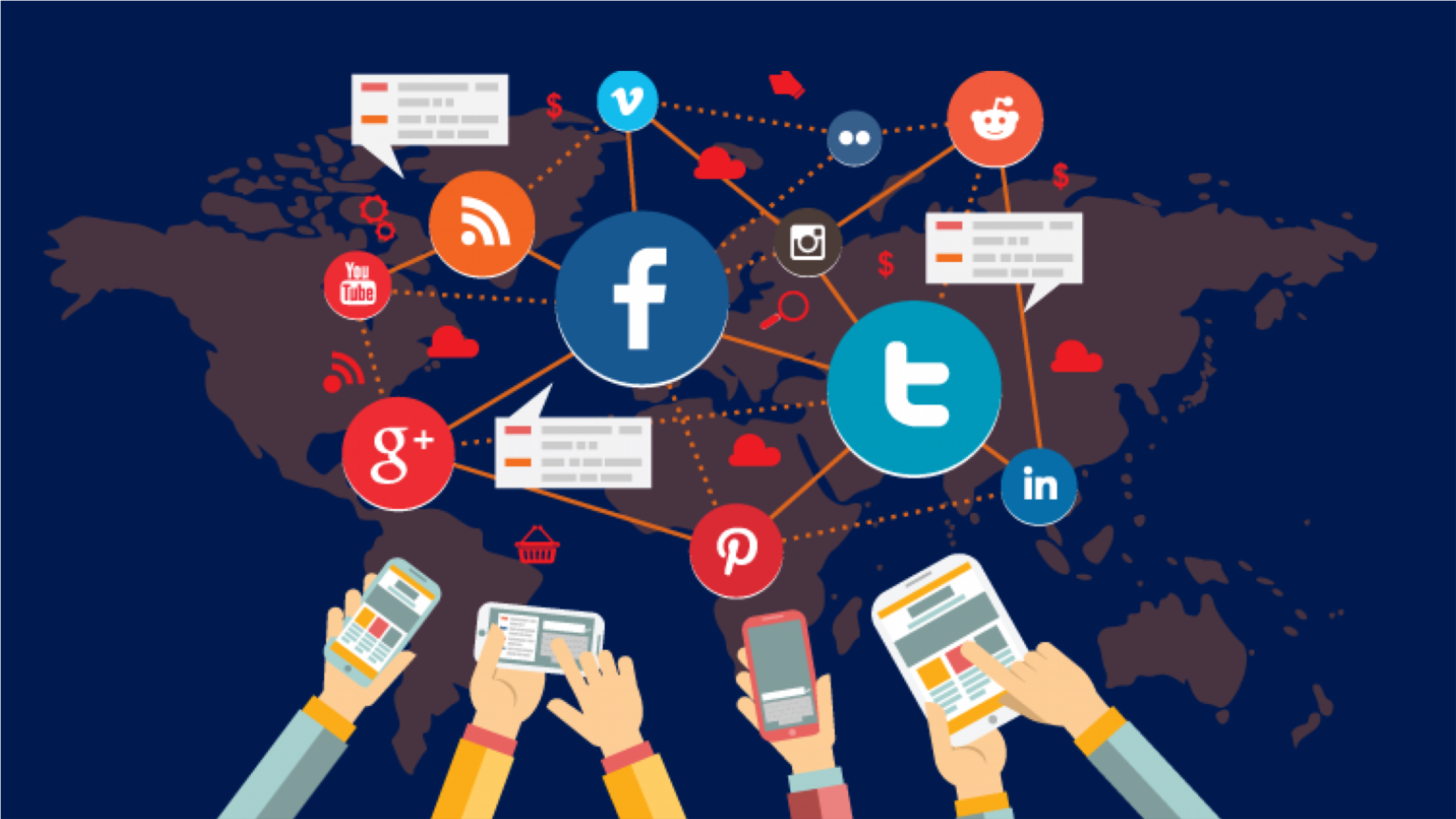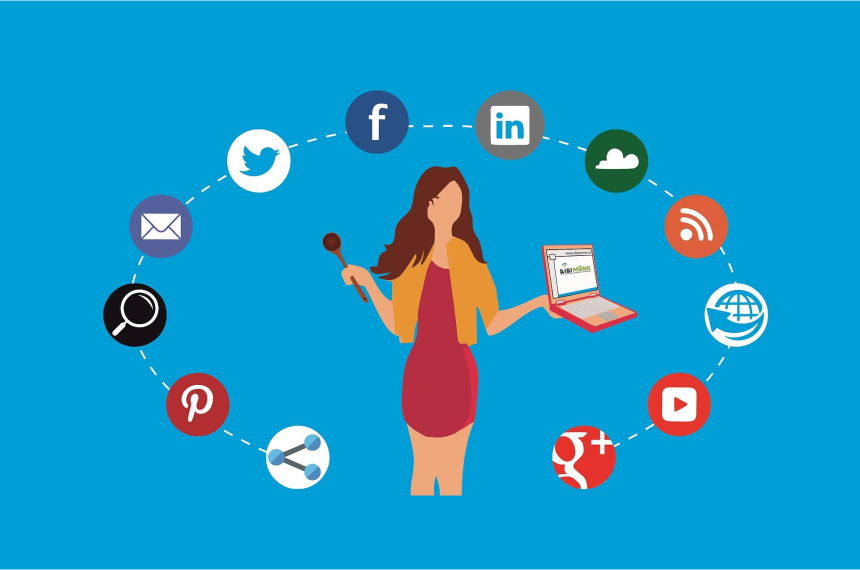In the context of marketing, it would probably be something like, the more ways or channels you have to reach potential customers, the better it would be for your business. However, it’s not necessarily advantageous to have a presence on all the available social media channels.
Different platforms will work better for certain businesses and certain messaging. They each have a strength and mechanism that can be tapped into and taken advantage of.
Evaluate each of them and choose the one most relevant for your business – based on what you think is the best way to reach and appeal to your customers, as well as where they are more likely to receive your type of business better.
For example, it may be better to talk about an online course you are selling on LinkedIn as opposed to doing so on Instagram. Advertising the same on Instagram may mean diluting the main message and presenting it as a lifestyle choice that could open the door to wealth, success and financial freedom, for example.
While that could still be effective in converting customers (depending on how you do it), it’s more effective in the long run to double down on just one or two platforms that potential customers can reach you on and build a strong base there.

Something else to think about is your communication preferences. Would you like for customers and potential customers to be able to reach you at any time of the day and for them to expect a prompt response? If this is not your idea of effective communication then you will need to pick the communication channels that work best for you and set the expectation for when customers can expect to hear back from you.
Lastly, understand what your brand and voice is about. There will be different trends on the various channels and these may not always align with your business. Jumping onto a trend for the potential extra publicity may not be beneficial and could even create mixed messaging around your business.
Not everyone that interacts with your content online will be your customer. Some will be curious about what you offer but never have the intention to buy. Some will be waiting around for a chance to get something for free. Some will just not be interested.
It is not your job to turn these categories of people into your customers, because they’re not really your customers. Paying attention to them takes away from the time you would spend on actual customers.
A true customer will show their interest by how they interact with your content. For example, they will message you (to get more information on a particular thing) or out-rightly make a purchase. Be careful about the value you attach to followers or subscribers.
Some may genuinely want to remain updated on what you are doing/putting out because they have an intention to buy (at some point), but others may simply be doing it out of curiosity with no intent to commit.
SOURCE: Thinkin Cap Solution




